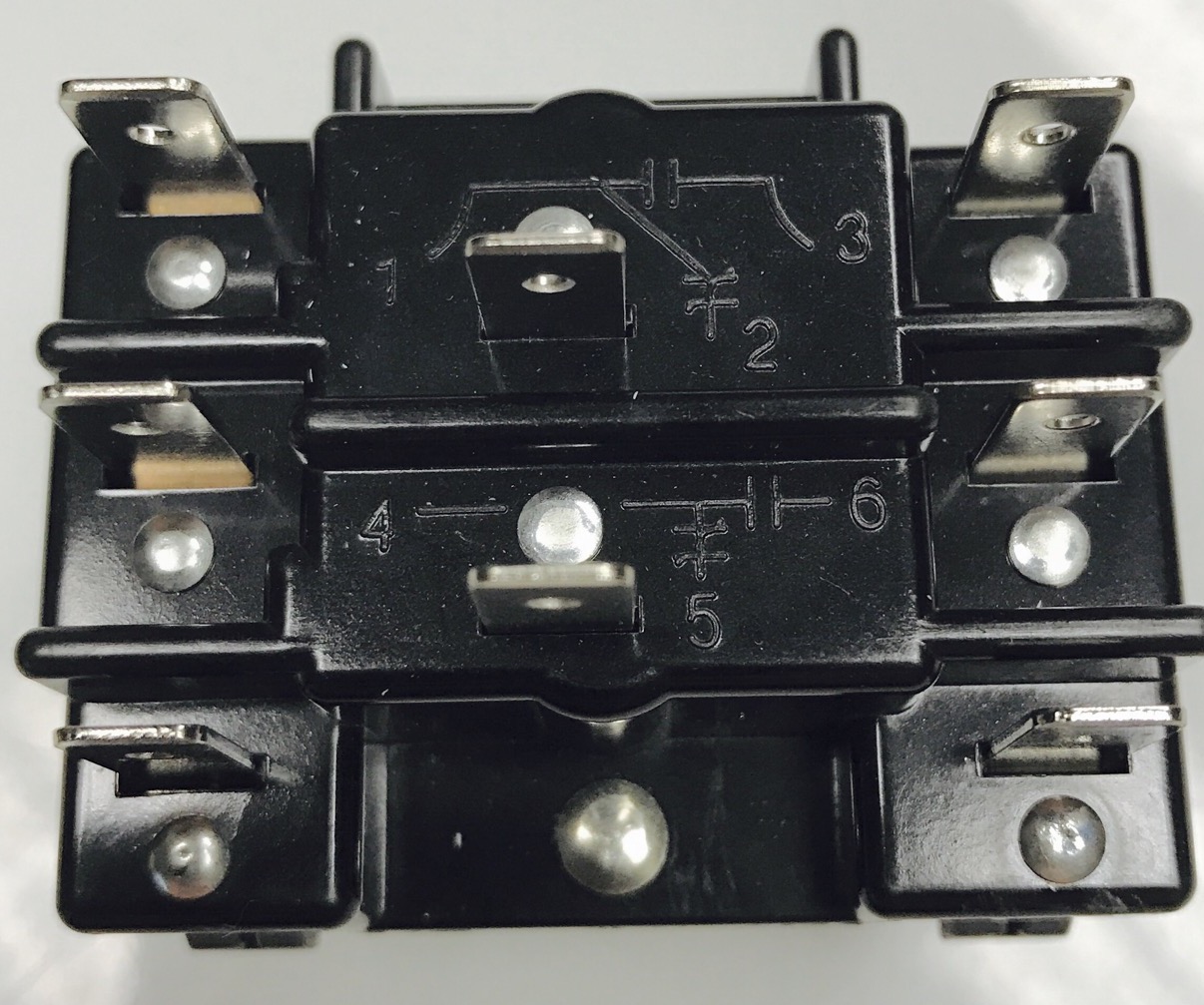

Articles
What Is An HVAC Relay
Modified: December 7, 2023
Learn all about relay HVAC systems in this informative article. Discover how relays work, their importance in HVAC units, and common issues associated with relays.
(Many of the links in this article redirect to a specific reviewed product. Your purchase of these products through affiliate links helps to generate commission for Storables.com, at no extra cost. Learn more)
Introduction
Welcome to the world of heating, ventilation, and air conditioning (HVAC) systems! These complex systems play a crucial role in maintaining indoor comfort by regulating temperature, humidity, and air quality in residential and commercial buildings. While HVAC systems consist of various components, one essential device that ensures smooth operation is the relay.
In this article, we will delve into the world of HVAC relays and explore their purpose, functionality, common types, troubleshooting tips, and the importance of proper maintenance. Whether you are a homeowner, HVAC technician, or simply curious about how these systems work, understanding relays in HVAC systems can provide valuable insights into their operation and help you identify potential issues.
So, let’s start by understanding the basic concept of HVAC systems before diving into the specifics of relays.
Key Takeaways:
- HVAC relays are crucial electrical switches that control the flow of current in heating and cooling systems, ensuring optimal performance, energy efficiency, and system reliability.
- Proper maintenance of HVAC relays is essential for preventing breakdowns, maximizing system lifespan, and ensuring safe and efficient operation of heating and cooling equipment.
Definition of HVAC
HVAC stands for Heating, Ventilation, and Air Conditioning. It refers to the technology and systems used to control the indoor environmental conditions of buildings to ensure occupants’ comfort and safety. HVAC systems are designed to provide thermal comfort, maintain adequate indoor air quality, and regulate humidity levels.
Heating: The heating component of HVAC systems is responsible for raising the indoor temperature during colder months. It can be achieved through various means, including furnaces, boilers, heat pumps, or electric heaters.
Ventilation: Ventilation involves exchanging indoor air with fresh outdoor air to maintain air quality. This process helps remove pollutants, odors, and excessive moisture from the interior space. Ventilation systems typically include air ducts, fans, and filters.
Air Conditioning: Air conditioning is the process of cooling and dehumidifying indoor air, primarily during warmer months. It is achieved through air conditioning units that remove heat from the indoor air and release it outside, resulting in a more comfortable indoor environment.
HVAC systems are critical in both residential and commercial buildings, providing the desired thermal conditions for occupants to work, live, and relax comfortably. They are found in homes, office buildings, hospitals, schools, shopping malls, and various other structures.
Now that we have a basic understanding of HVAC systems, let’s explore the role and importance of relays in these systems.
Purpose of a Relay in HVAC Systems
A relay is a crucial component in an HVAC system that serves as a switch for controlling electrical circuits and devices. It acts as an intermediary between the thermostat, control board, and other electrical components, allowing them to communicate and function together seamlessly.
The primary purpose of a relay in HVAC systems is to control the flow of electrical current to various parts of the system. It receives signals from the thermostat or control board and activates or deactivates the corresponding electrical components, such as motors, fans, compressors, and valves.
Relays are necessary in HVAC systems because they enable precise and efficient control of electrical devices. They help regulate the operation of different components, ensuring that they work in synchrony to maintain the desired indoor comfort conditions. Without relays, it would be challenging to control and coordinate the various electrical functions of an HVAC system.
Another important role of relays in HVAC systems is protecting electrical devices from excessive power loads. Relays are designed to handle specific voltage and current levels, acting as safety mechanisms that prevent damage to sensitive components. They can detect and respond to abnormal electrical conditions, such as overcurrent or short circuits, by deactivating the affected circuit. This helps safeguard the HVAC system and prevents any potential hazards.
Overall, relays play a vital role in ensuring the smooth operation and coordination of electrical components in HVAC systems. They provide control, protection, and reliability, contributing to the overall efficiency and functionality of the system.
Now that we understand the purpose of relays in HVAC systems, let’s explore how they work.
How a Relay Works
A relay works on the principle of an electromagnetic switch. It consists of a coil, an armature, and one or more sets of contacts. When an electrical current passes through the coil, it generates a magnetic field that attracts the armature, causing it to move and close or open the contacts.
Here’s a step-by-step breakdown of how a relay works in an HVAC system:
- Electrical signal: The HVAC system receives electrical signals from the thermostat or control board, indicating the need for a specific function, such as turning on the fan or activating the compressor.
- Coil activation: The electrical signal is sent to the coil of the relay, which becomes energized. The energized coil creates a magnetic field around it.
- Armature movement: The magnetic field attracts the armature, causing it to move in response. The movement of the armature is what opens or closes the contacts.
- Contact action: Depending on the design and function of the relay, the contacts can either be normally open (NO) or normally closed (NC). When the relay is energized, the contacts change their state accordingly.
- Circuit control: The contacts of the relay are connected to the electrical devices or circuits that need to be controlled, such as motors, fans, compressors, or valves. When the contacts close, electrical current flows through the controlled circuit, activating the associated device. When the contacts open, the current flow is interrupted, deactivating the device.
This simple but effective mechanism allows the relay to control the flow of electrical current to various components in the HVAC system. It acts as a switch that can be remotely controlled by electrical signals, enabling precise and coordinated operation.
Relays are commonly used in HVAC systems due to their reliability, durability, and ability to handle high currents. They can withstand the rigors of frequent switching and provide consistent performance over long periods.
Now that we understand how relays work, let’s explore the different types of relays used in HVAC systems.
A relay in HVAC systems is an electric switch that controls the power to the compressor and fan. If you suspect a relay issue, it’s best to have a professional HVAC technician diagnose and replace it if necessary.
Types of Relays Used in HVAC
There are several types of relays used in HVAC systems, each designed for specific functions and applications. Let’s take a look at some common types:
- Electromechanical Relays: Electromechanical relays are the most widely used type in HVAC systems. They consist of a coil, armature, and mechanical contacts. When the coil is energized, the armature moves, closing or opening the contacts. These relays are reliable and versatile, suitable for controlling motors, fans, and other electrical devices.
- Solid-State Relays: Solid-state relays (SSRs) use semiconductor devices, such as transistors or thyristors, to switch electrical currents. They have no moving parts, making them more durable and efficient than electromechanical relays. SSRs are commonly used for low-power applications and provide quick and precise switching.
- Time Delay Relays: Time delay relays are used to introduce a delay in the operation of certain electrical components in HVAC systems. They help prevent simultaneous activation of multiple devices and control sequences. Time delay relays can be adjustable or fixed, allowing for specific time delays to be set.
- Latching Relays: Latching relays, also known as bistable relays, retain their state even after power is removed. They have two stable states, “set” and “reset,” and only require a momentary pulse of current to change states. Latching relays are often used in HVAC systems for energy-saving purposes and controlling multiple devices.
- Protective Relays: Protective relays are designed to monitor electrical circuits and protect against abnormalities. They detect overcurrent, undercurrent, voltage fluctuations, and other electrical faults. Protective relays are essential for preventing damage to HVAC components and ensuring system safety.
- Control Relays: Control relays are used to manage and coordinate the overall operation of HVAC systems. They receive signals from thermostats, control boards, and other devices, and initiate control actions based on specific inputs. Control relays are essential for regulating temperature, airflow, and other parameters in HVAC systems.
These are just a few examples of the different types of relays used in HVAC systems. The specific type and configuration of relays vary depending on the system’s requirements and the desired functionality.
Now that we are familiar with the types of relays, let’s discuss some common issues that can arise with HVAC relays and how to troubleshoot them.
Read more: How To Wire Electric Fan With Relay
Common Issues and Troubleshooting Tips for HVAC Relays
While relays are reliable components in HVAC systems, they can experience issues over time. Here are some common problems that can occur with HVAC relays and troubleshooting tips to help resolve them:
- Failure to activate: If a relay fails to activate an electrical component, check for loose or disconnected wires. Ensure that the coil is receiving the appropriate voltage and that the contacts are clean and properly aligned. If necessary, replace the faulty relay.
- Failure to deactivate: If a relay fails to deactivate an electrical component, inspect the contacts to ensure they are not stuck or welded together. Clean the contacts if necessary or replace the relay if the issue persists.
- Intermittent operation: If a relay operates intermittently or sporadically, it may be due to loose connections or a faulty coil. Inspect the wiring and tighten any loose connections. If the issue persists, consider replacing the relay.
- Overheating: Overheating relays can be caused by excessive electrical load or poor ventilation. Check for any overloaded circuits or blocked airflow around the relay. Reduce the load if necessary and ensure proper ventilation to prevent overheating.
- Burnt or pitted contacts: Over time, relay contacts can become burnt or pitted, affecting their ability to make proper electrical connections. Inspect the contacts and clean them if possible. If the damage is extensive, replace the relay to ensure reliable operation.
- Incorrect relay selection: Using the wrong type or rating of relay for a specific application can lead to performance issues. Make sure to select relays that are compatible with the electrical load and environmental conditions of the HVAC system.
- Frequent relay failures: If relays are consistently failing, it may indicate underlying issues such as excessive voltage fluctuations or power surges. Have an electrician inspect the electrical supply and install surge protectors if necessary.
When troubleshooting HVAC relay issues, always ensure that power to the system is disconnected, and follow proper safety procedures. If you are uncertain or uncomfortable with electrical work, it is advisable to seek professional assistance from an HVAC technician.
Regular maintenance, including inspecting and cleaning relay contacts, can help prevent issues and ensure the optimal performance of HVAC relays. Let’s explore the importance of proper maintenance for HVAC relays in the next section.
Importance of Proper Maintenance for HVAC Relays
Maintaining HVAC relays is essential for ensuring the reliable and efficient operation of your heating and cooling system. Proper maintenance can help prevent costly breakdowns, extend the lifespan of relays, and ensure the overall performance of your HVAC system. Here are some reasons why proper maintenance for HVAC relays is crucial:
- Preventative Measures: Regular maintenance allows you to proactively identify and address potential issues with relays before they lead to system failures. By inspecting relay contacts, cleaning them, and ensuring proper alignment, you can prevent issues like poor electrical connections, burnt contacts, or pitted surfaces that can compromise the relay’s functionality.
- Optimal System Performance: HVAC relays play a critical role in regulating the operation of various electrical components in the system. When relays are well-maintained, they can efficiently control the flow of electrical current, ensuring that motors, fans, compressors, and other devices operate as intended. This helps maintain optimal system performance, contributing to energy efficiency and indoor comfort.
- Energy Efficiency: Well-maintained relays can help your HVAC system operate more efficiently, leading to energy savings. When relays are in proper working condition, they can accurately control the timing and activation of devices, reducing unnecessary electrical consumption and minimizing energy waste. This not only benefits the environment but also lowers utility costs.
- System Reliability: HVAC relays are crucial for the reliable operation of your heating and cooling system. When relays are properly maintained, they are less likely to fail unexpectedly, minimizing the risk of system breakdowns and disruptions to your comfort. Regular maintenance helps ensure that relays function consistently, reducing the chances of sudden failures during critical periods.
- Enhanced Safety: Malfunctioning relays can pose safety risks, such as electrical fires or damage to other HVAC components. Proper maintenance, including checking for loose connections, inspecting wiring integrity, and verifying proper coil voltage, helps mitigate these risks and ensures the safe operation of the system.
Regular maintenance for HVAC relays should be performed by qualified professionals or HVAC technicians. They have the knowledge, experience, and tools required to conduct thorough inspections, clean contacts, verify electrical connections, and make any necessary repairs or replacements. Additionally, they can perform comprehensive system checks to identify any potential relay-related issues and address them promptly.
Incorporating maintenance tasks for relays into your overall HVAC system maintenance program can help you maximize the lifespan and efficiency of your heating and cooling equipment. Consult the manufacturer’s guidelines and recommendations, and follow a regular maintenance schedule to ensure the optimal performance and longevity of your HVAC relays.
Now that we have explored the importance of proper maintenance for HVAC relays, let’s conclude our discussion.
Conclusion
HVAC relays play a vital role in the operation of heating, ventilation, and air conditioning systems. These electrical switches provide control and coordination for various components, ensuring optimal system performance and indoor comfort. By understanding the purpose, functionality, types, and maintenance of HVAC relays, you can effectively troubleshoot issues, prevent breakdowns, and extend the lifespan of your heating and cooling equipment.
We explored the definition of HVAC systems and the foundational role they play in regulating indoor environmental conditions. HVAC systems encompass heating, ventilation, and air conditioning components that work together to provide comfort and maintain air quality in residential and commercial buildings.
Relays are essential in HVAC systems as they control the flow of electrical current to different parts of the system. They act as intermediaries between the thermostat, control board, and electrical devices, ensuring precise and efficient operation. Relays protect electrical components, prevent power overloads, and enable coordinated system performance.
We discussed various types of relays commonly used in HVAC systems, including electromechanical relays, solid-state relays, time delay relays, latching relays, protective relays, and control relays. Each type has its specific functions and benefits, catering to different requirements within HVAC systems.
Common issues with HVAC relays were explored, along with troubleshooting tips. By addressing problems such as failure to activate or deactivate, intermittent operation, overheating, burnt contacts, and incorrect relay selection, you can maintain optimal relay functionality and prevent system malfunctions.
The importance of proper maintenance for HVAC relays cannot be overstated. Regular inspections, cleaning of contacts, and ensuring proper alignment contribute to optimal system performance, energy efficiency, and system reliability. Well-maintained relays improve safety, prevent breakdowns, and extend the lifespan of HVAC equipment.
In summary, HVAC relays are essential components in heating and cooling systems, providing control and coordination for electrical devices. By understanding their purpose, functionality, types, and the significance of proper maintenance, you can ensure the reliable and efficient operation of your HVAC system for years to come.
Frequently Asked Questions about What Is An HVAC Relay
Was this page helpful?
At Storables.com, we guarantee accurate and reliable information. Our content, validated by Expert Board Contributors, is crafted following stringent Editorial Policies. We're committed to providing you with well-researched, expert-backed insights for all your informational needs.
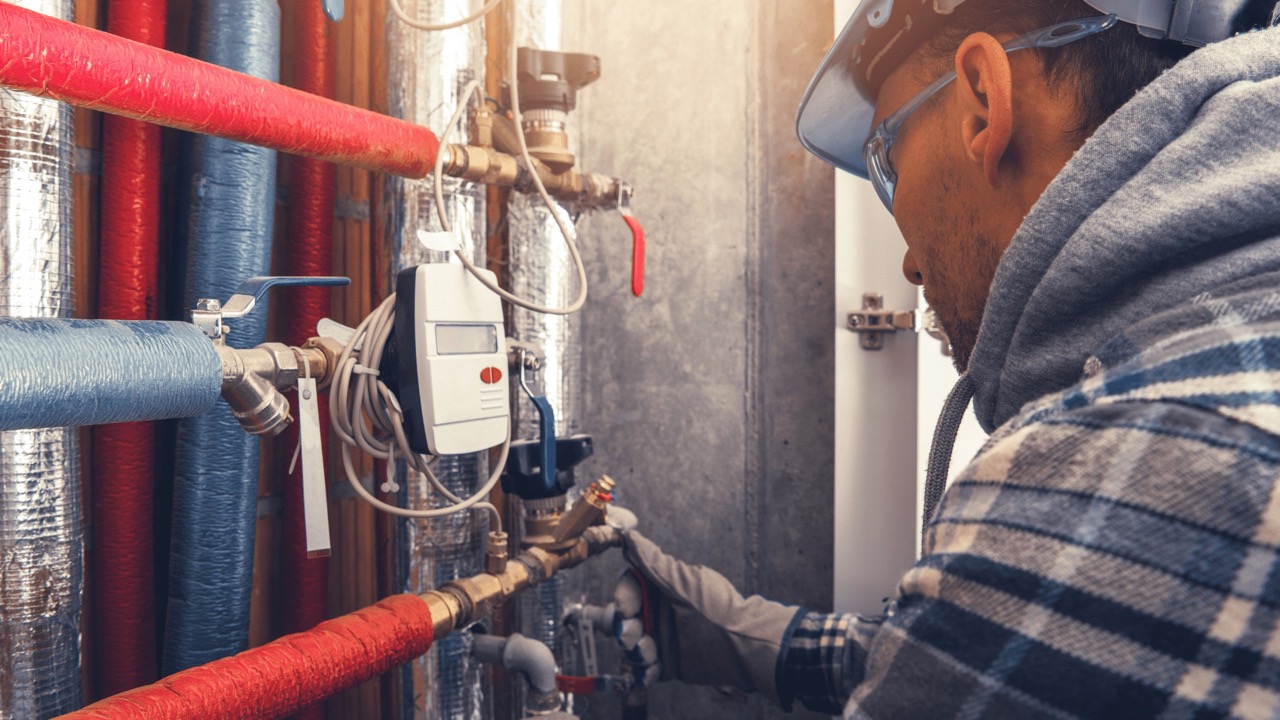
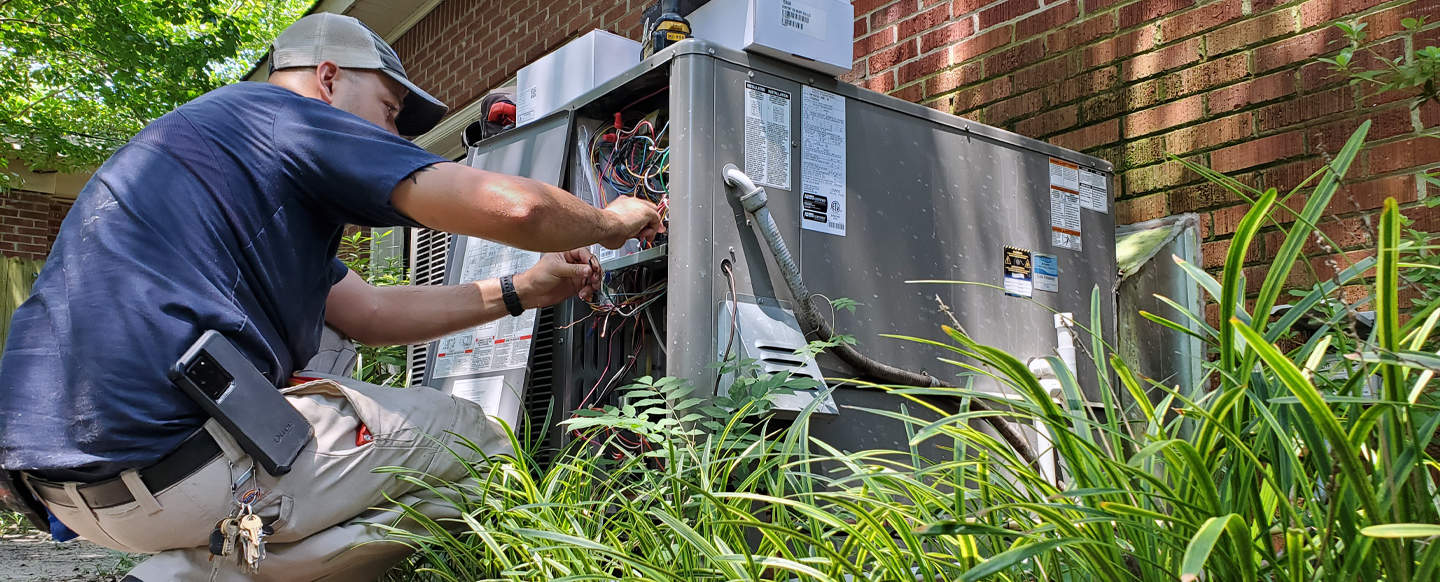
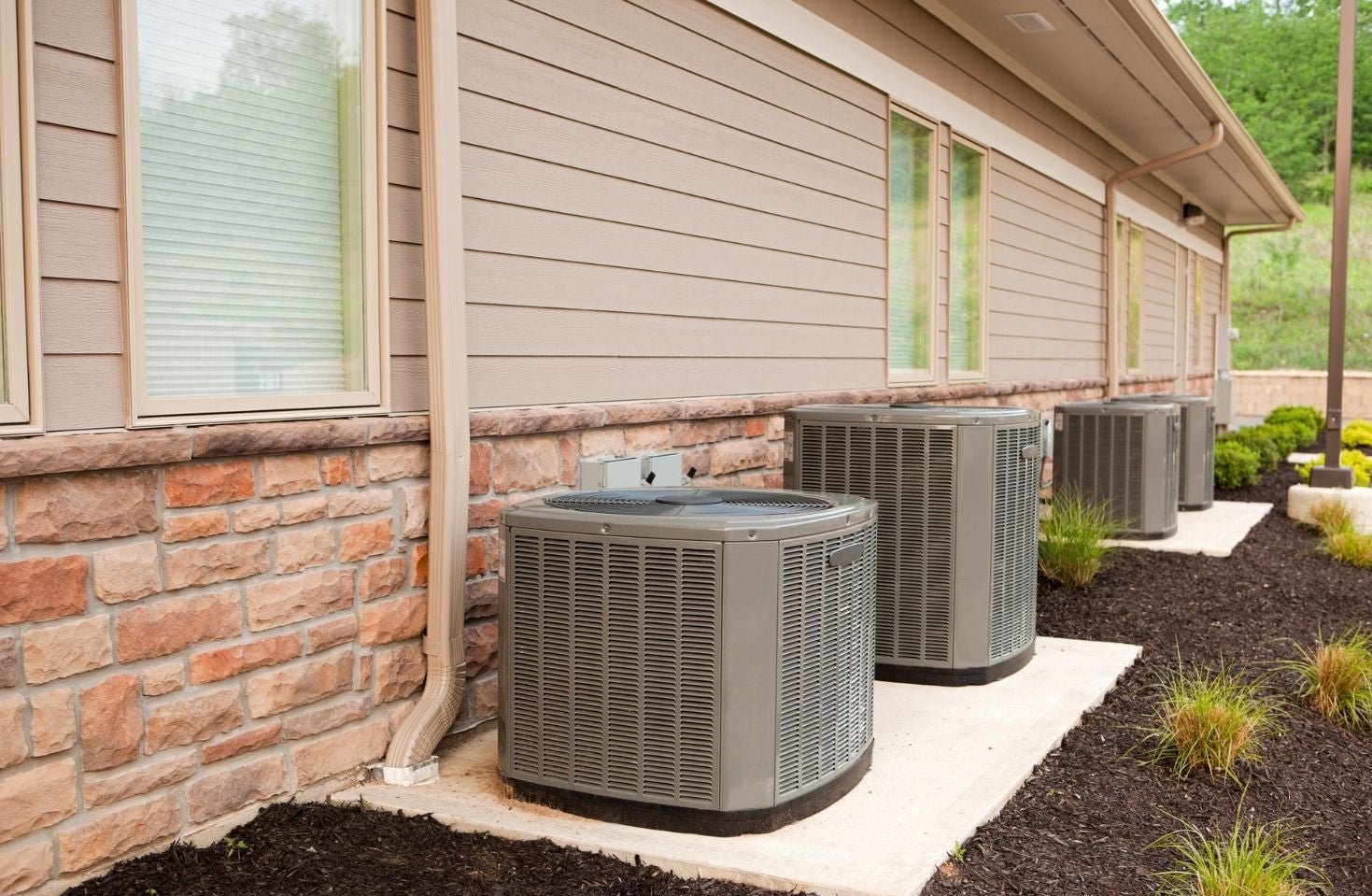
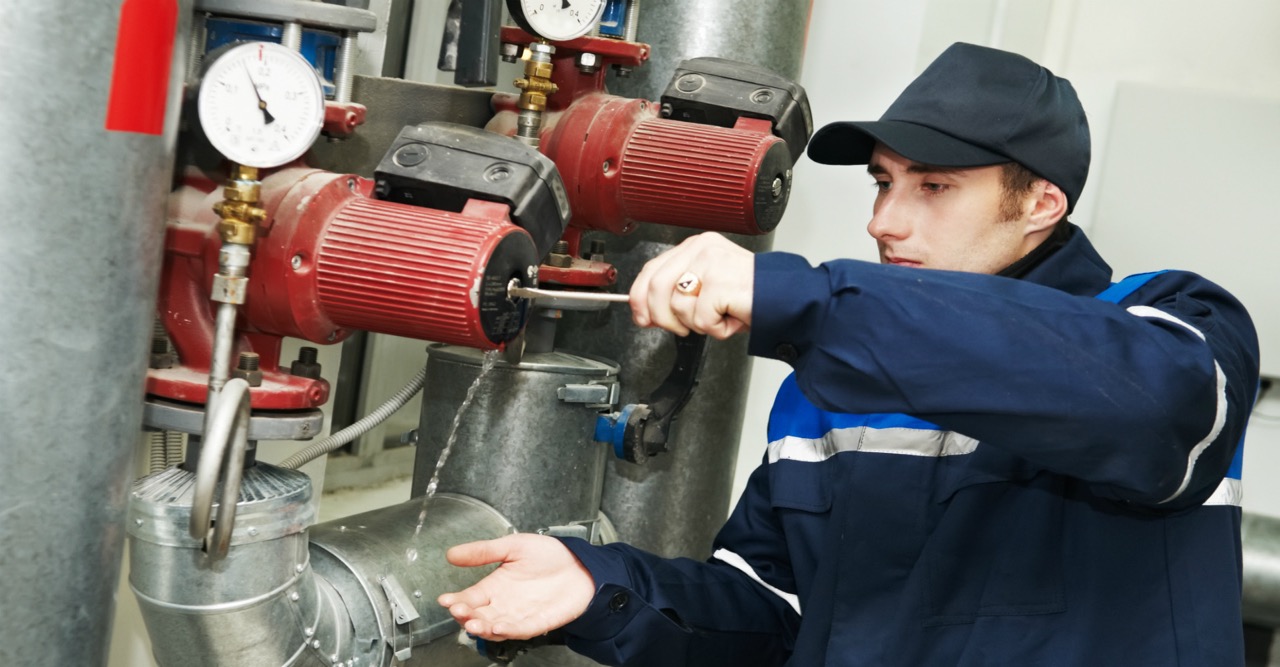
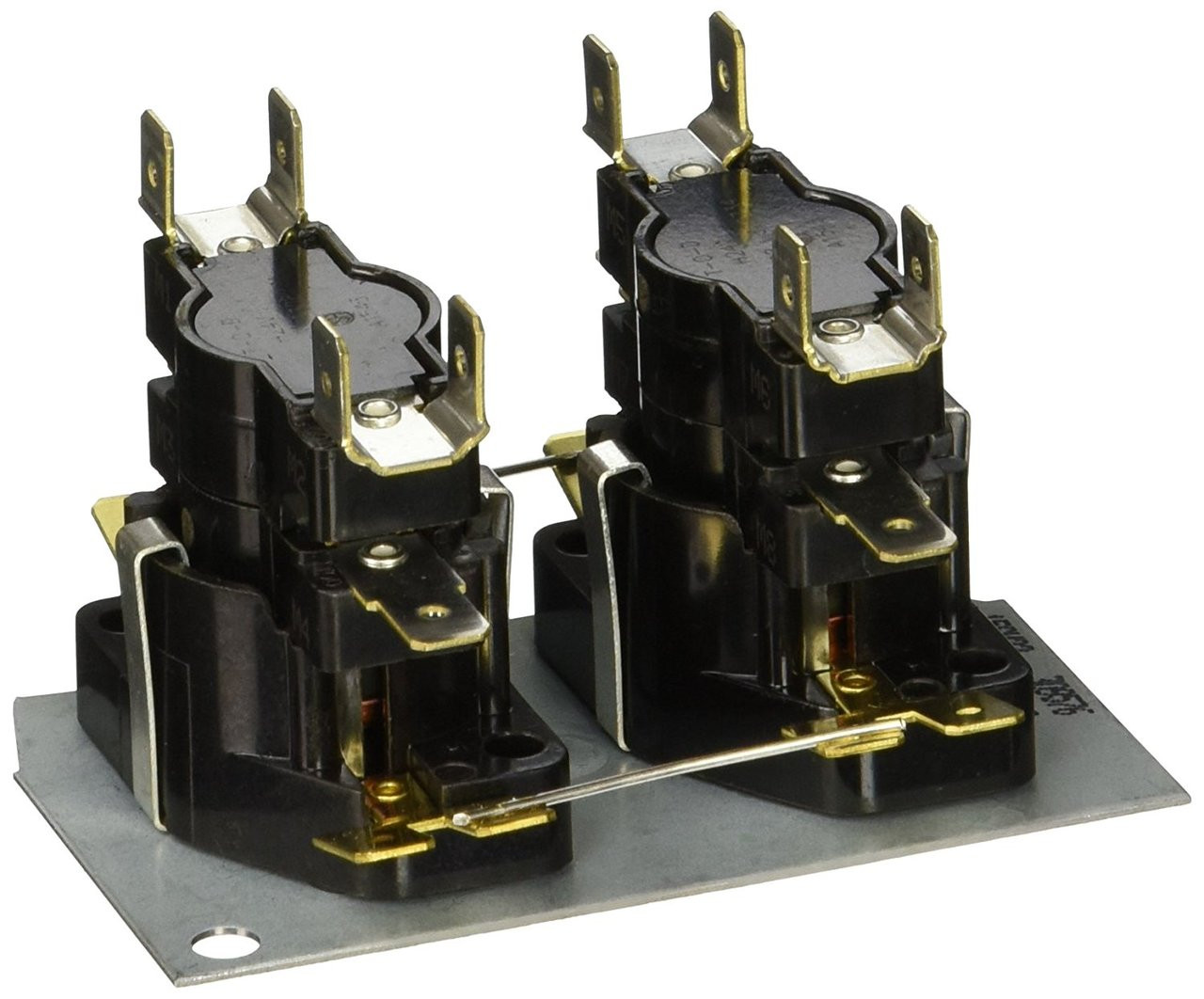
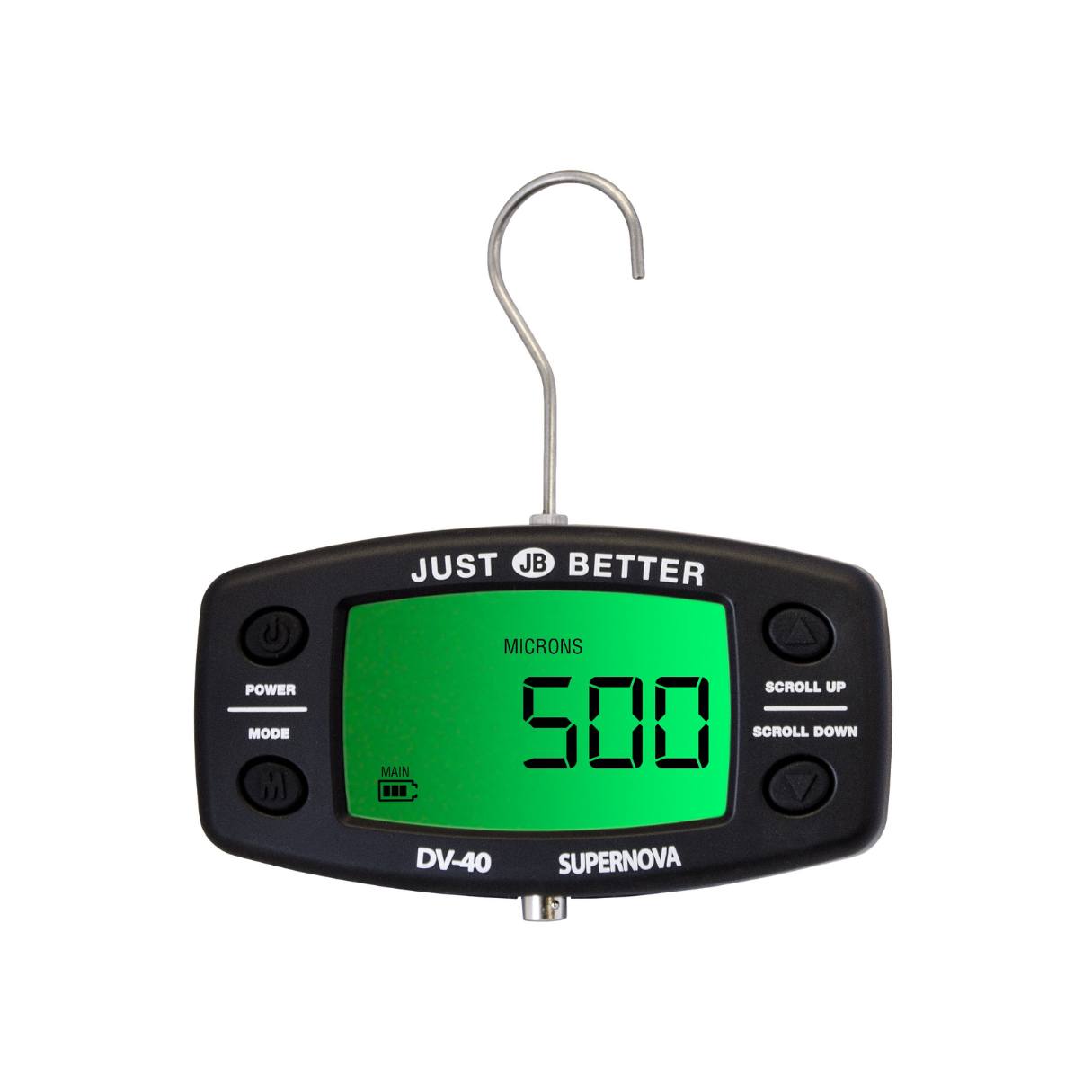
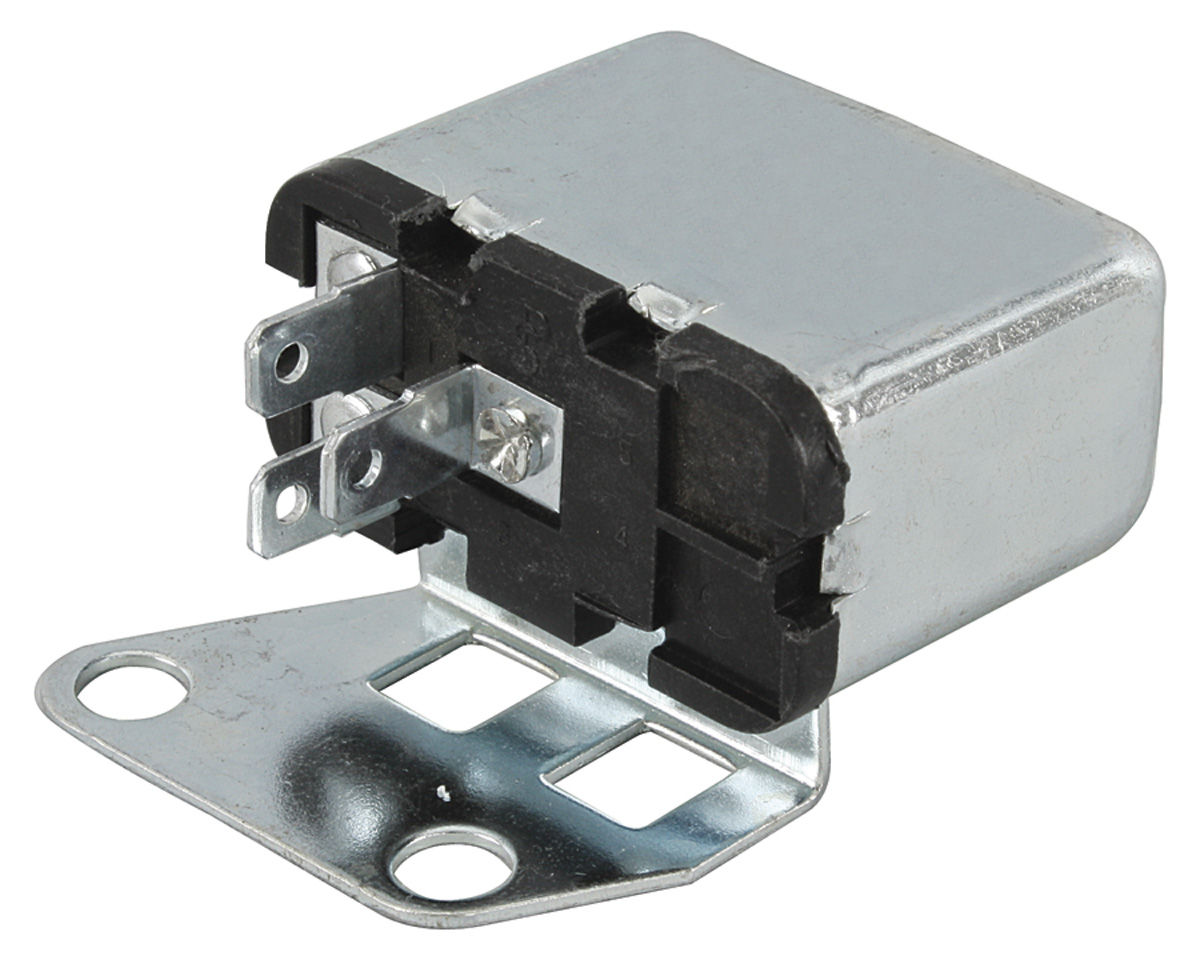
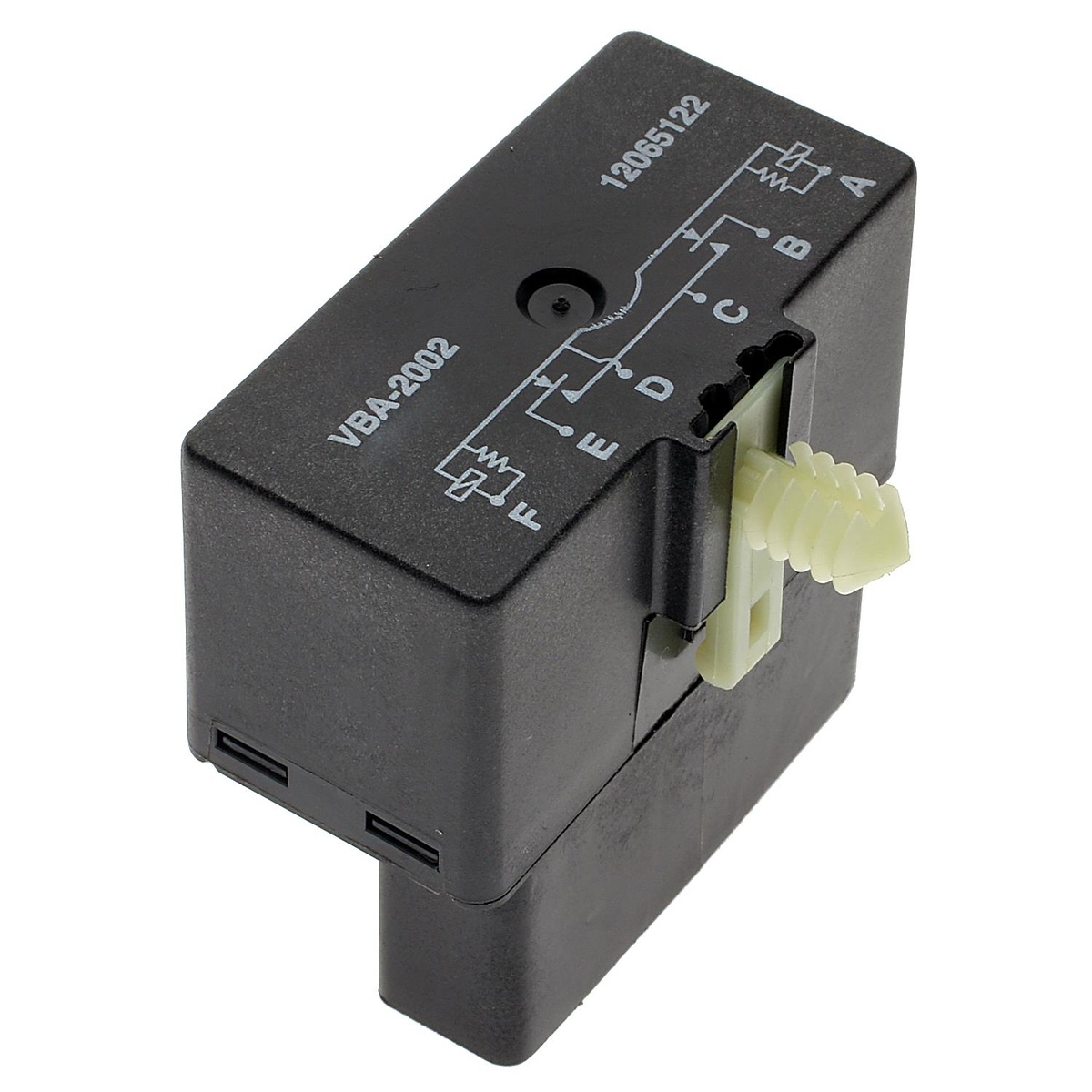
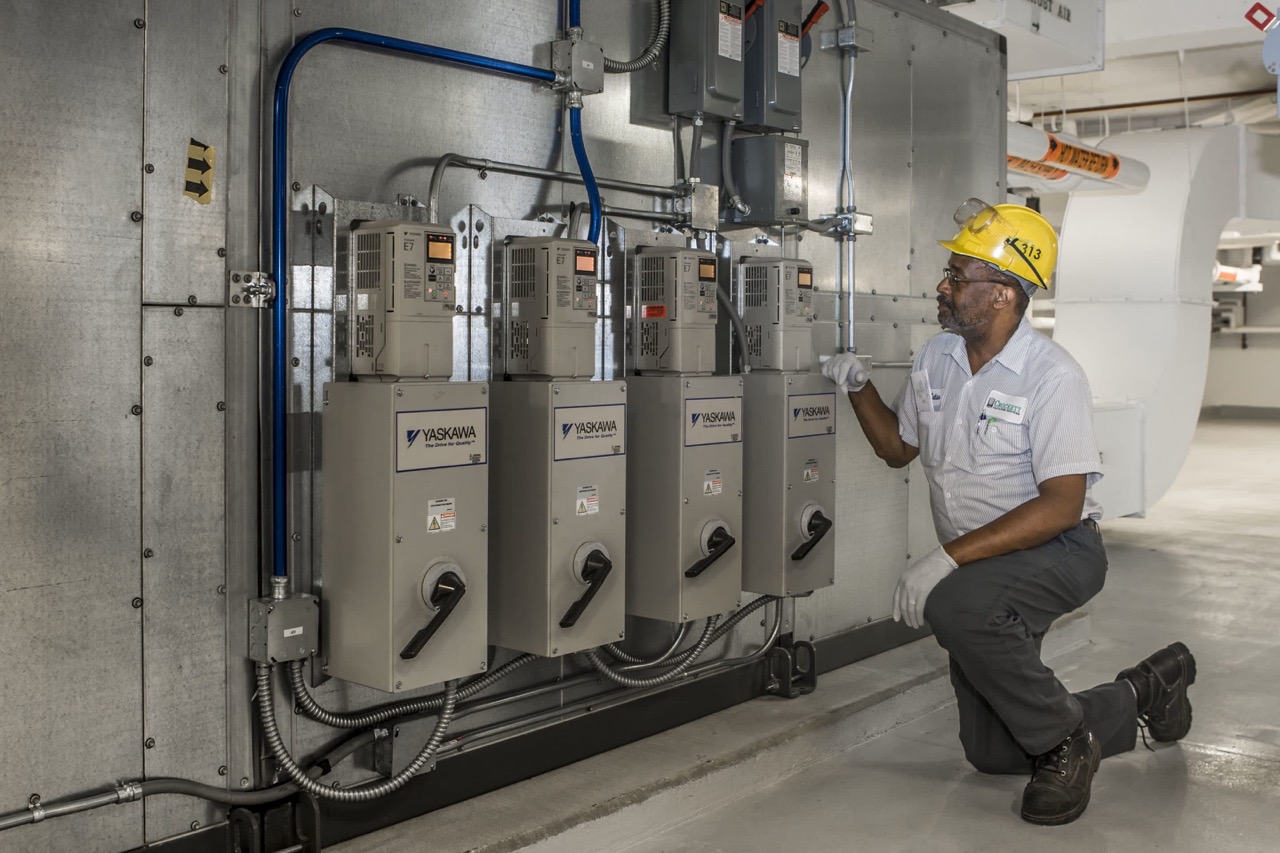
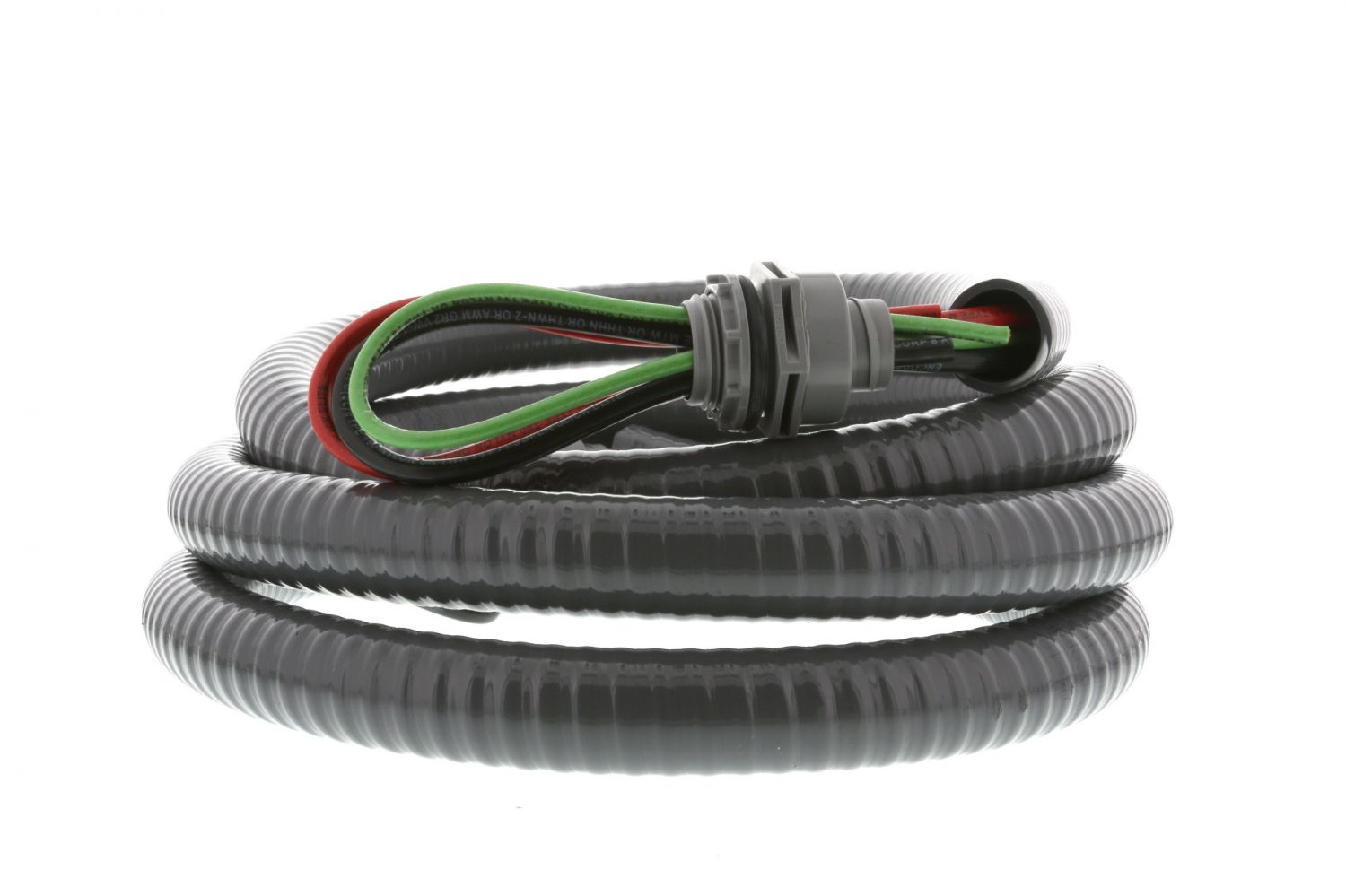
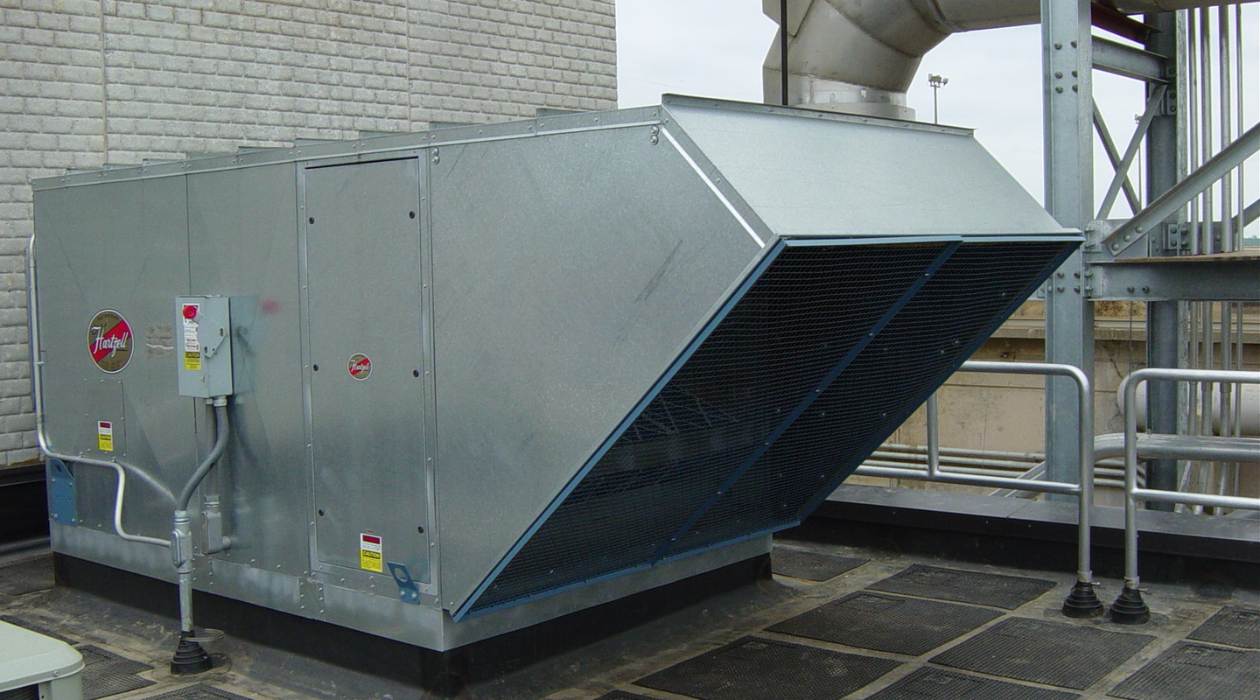
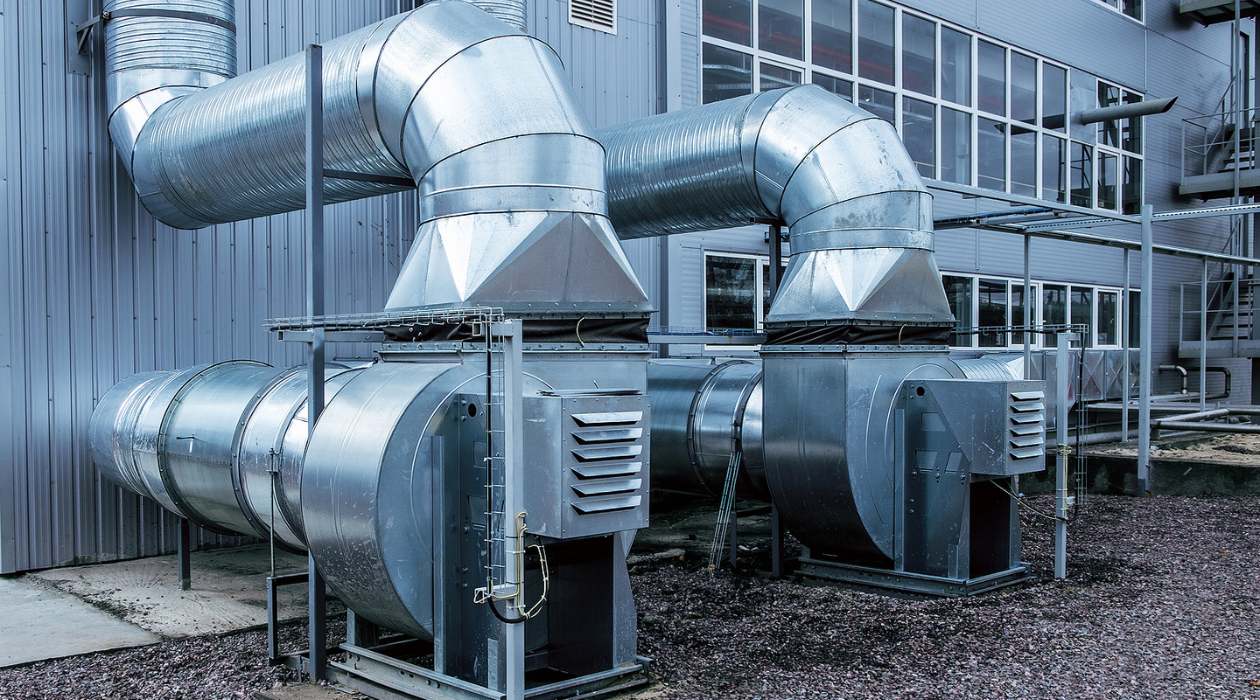
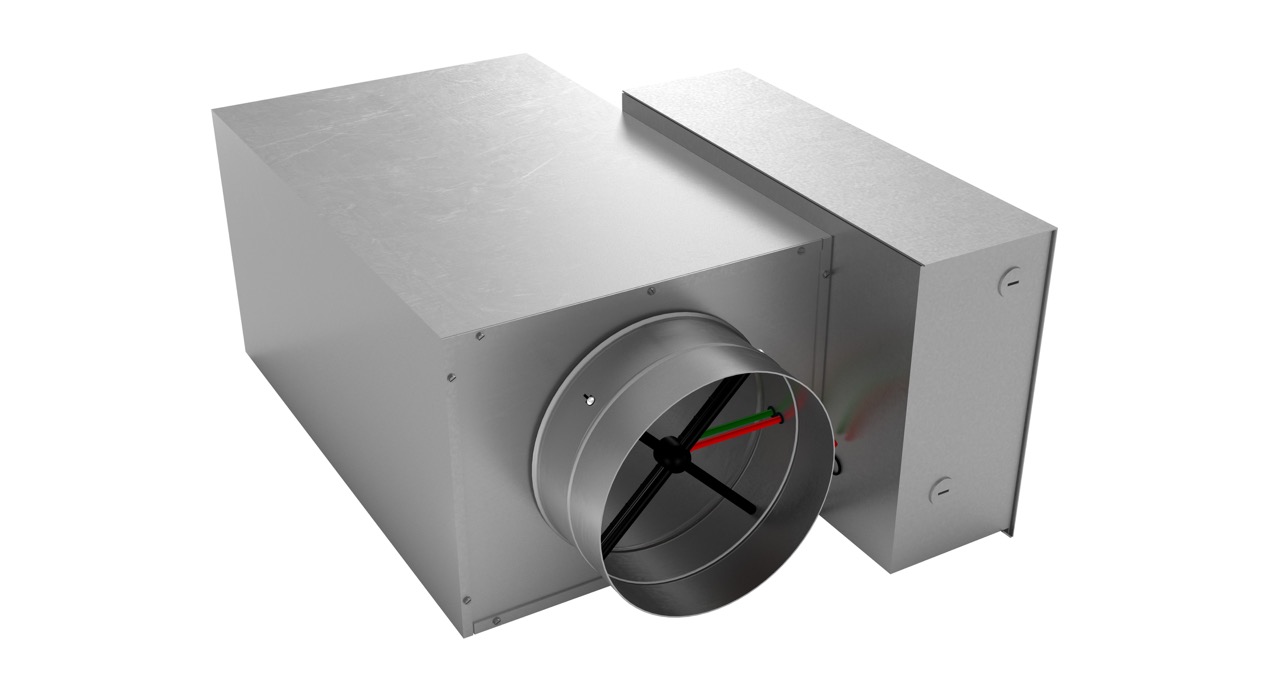
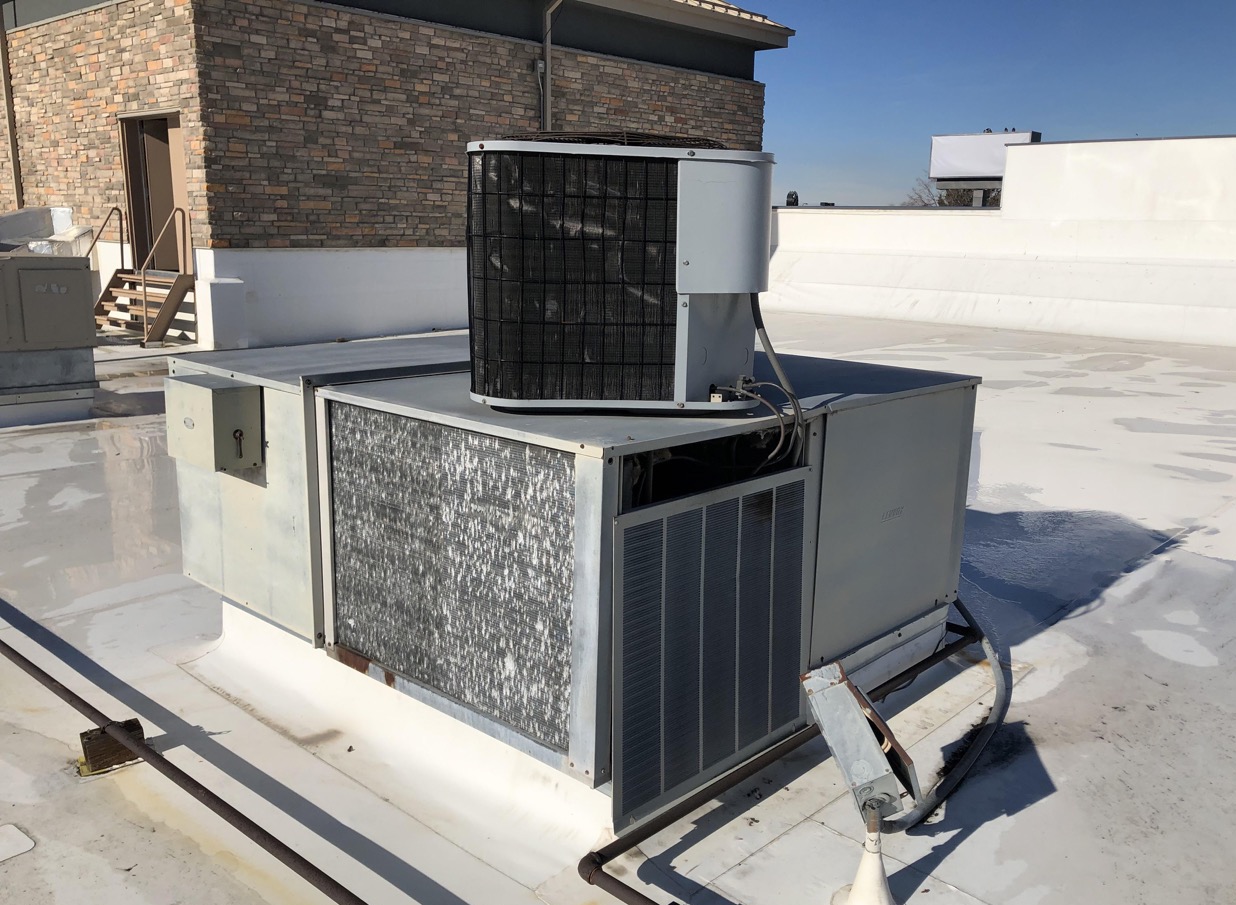

0 thoughts on “What Is An HVAC Relay”